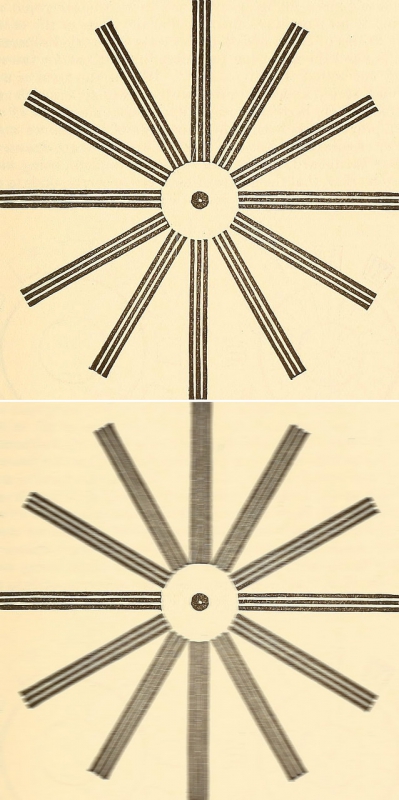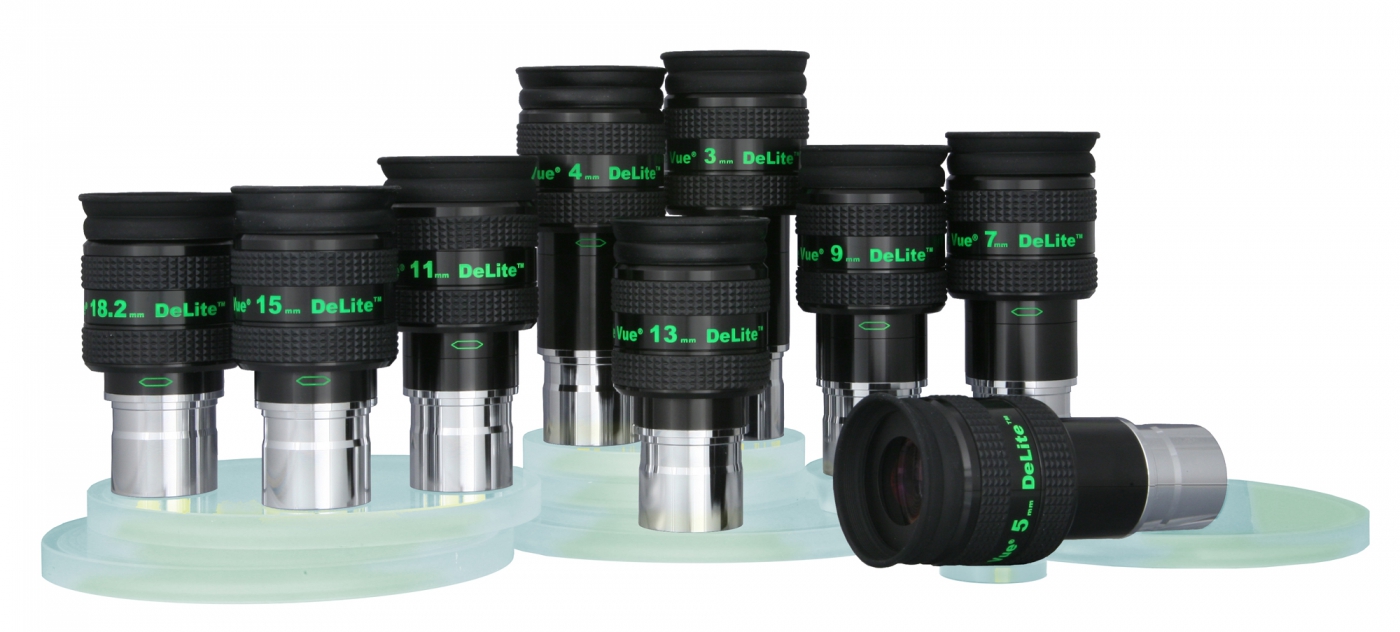Tack Sharp Stars: Overcoming Eyesight Astigmatism
This guest blog post is written by Phil Ressler, a longtime amateur astronomer who lives in Los Angeles, though his observing life began on the east coast. Phil is a veteran software industry executive, currently CEO of Sixgill, LLC.
I had never seen
pinpoint or round
stars — apart from
observing our round
Sun.
I’m old enough to remember when “pinhole” eyepieces with “soda straw” views defined what a telescope offered to the average amateur astronomer. More than anyone, Al Nagler, and more than any company, Tele Vue, changed that by opening up the sky and making it easier to explore through wider field viewing. Mr. Nagler and his company also showed us that a relatively rich field refractor could not only capably serve as an amateur’s sole telescope: it is the best telescope to own if you’re only having one. We can thank Al Nagler and Tele Vue for laying the foundation for the way visual astronomy is pursued today. Yet despite all that, until I tried a DIOPTRX™ on my 22mm Panoptic last year, I had never seen pinpoint or round stars — apart from observing our round Sun. I’ve been observing the sky through scope optics since 1961, my astigmatism never absent. For people like me, DIOPTRX™ is arguably Tele Vue’s most essential product, because it makes all of Al Nagler’s original work in eyepieces and refractors unmistakably worthwhile to the astigmatic viewer.
I was, for the first time,
fully appreciating
the cumulative
improvements to
amateur optics over
the past 40 years.
My astigmatism is currently -2.00 diopters. When astigmatism is intrinsic, you accept it. It changes too. My eyeglass prescription corrects for it, but never fully. Never optimally. Then you get older, progressive eyeglass lenses complicate the situation. I have refractors and a reflector and I am generally viewing a Los Angeles sky. I’ve accumulated a mix of Tele Vue Ethos, Nagler, DeLite and Plössl eyepieces, among others. When I first tried DIOPTRX™ last summer, my expectations were limited. They shouldn’t have been. More than aperture, expanded field of view, contrast, new glass types and all the other innovations that have improved enjoyment of our hobby, DIOPTRX™ feels like the greatest leap forward because, in an instant, I realized I was, for the first time, fully appreciating the cumulative improvements to amateur optics over the past 40 years.
in an instant, the star
is bang-on tight,
and the astigmatic
elongation is just gone.
DIOPTRX™ can be used on any brand’s eyepieces that have a 41mm – 43mm eyecup retainer or threaded photography mount. But a DIOPTRX™ on a Tele Vue eyepiece is particularly synergistic. With every Tele Vue eyepiece I use DIOPTRX™ on, the star image snaps to pinpoint focus as I rotate the DIOPTRX™ lens to the correct orientation for my eye and the angle I am viewing. Nagler, Ethos, DeLite eyepieces — it doesn’t matter — give me pinpoints in a snap. The synergy is obvious. There’s some hunting for the precise rotation with other brands of eyepieces. On a Tele Vue eyepiece, just turn the DIOPTRX™ lens slowly until, in an instant, the star is bang-on tight, and the astigmatic elongation is just gone. Impressive! The synergy is mechanical too. The flange top of Tele Vue eyepieces allows DIOPTRX™ to be mounted so it rotates independently of the eyepiece body. Your eyepiece remains secure in the diagonal while DIOPTRX™ can be rotated with a light touch, and the tension is adjustable. Installed on other eyepieces, more often than not, the whole eyepiece will have to be rotated in the diagonal.
I settled on DIOPTRX™-corrected Tele Vue DeLite as the new utility infielders of my eyepiece set. DeLite eyepieces have the contrast of an Orthoscopic eyepiece and at 62° apparent field of view, enough of the wide field experience to not feel cramped. 20mm of eye relief gives ample viewing comfort with DIOPTRX™, which takes up 8mm of the available relief. Also, plenty of relief for viewing through glasses sans DIOPTRX™. Contrast may be the best of any eyepieces I own. It was my hunt for an 18-19mm, DIOPTRX™-compatible, long eye relief eyepiece for my Newtonian astrograph that led me to my first DeLite, the 18.2mm. I mention this to say I would have been impressed with this eyepiece before trying DIOPTRX™, but not as impressed as I am with DIOPTRX™ installed.
I began to see the
highest-definition
views I’ve ever
attained in
astronomy …
I put up with astigmatic star views, with glasses, my whole observing life because — well — “you see what you see” and that registers as normal. 57 years after I started peering through telescopes, thanks to DIOPTRX™ and Tele Vue, I began to see the highest-definition views I’ve ever attained in astronomy, and not by a subtle margin. Even the moon is new again! Note that I still have Tele Vue eyepieces I bought in the 1980s, the oldest coming up on 40 years soon enough. They still perform as new. In our hobby, we get to own what can be lifetime objects, so don’t scrimp. Get the best you can afford. And if you’re astigmatic, to fully see, add DIOPTRX™.


Did you observe, sketch, or image with Tele Vue gear? We’ll like your social media post on that if you tag it #televue and the gear used. Example:
#televue #tv85 #ethos #jupiter
Do you want your Tele Vue images re-posted on Tele Vue Optics’ Social Media accounts? Use this hashtag for consideration:




